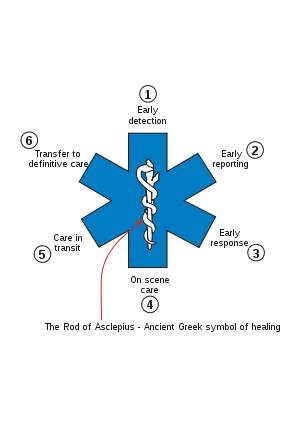Americans make almost 120 million visits to emergency departments each year. Most of these are for injury or poisoning. Not every ER visit is needed. There are lots of folks who would prefer to go to the ER than wait in a clinic during normal hours. However, it is frustrating for physicians to get waked up in the middle of the night to attend to a patient with a sore throat or some other minor illness that could be taken care of in the clinic, rather than a costly visit to the hospital ER. The Centers for Disease Control and Prevention recently reported that about one in eight ER visits was for a non-urgent reason.
You need to have a plan: Before an emergency strikes:
- Know the location to the closest emergency room.
- Lower your risk for this need by caring for chronic conditions you might have, by taking your medications regularly.
- Have all your drug, allergy and medical information together so you can bring it in case you must go to the ER.
The American College of Emergency Physicians report that any of these warning signs suggest medical emergencies:
- Shortness of breath, trouble breathing
- Uncontrollable bleeding
- Fainting, dizziness, or weakness
- Sudden, severe pain or unusual belly pain
- Pressure or pain in the chest or upper belly
- Severe vomiting or diarrhea
- Coughing or throwing up blood
- Changes in vision or mental status
- Trouble speaking
- Feeling suicidal
If you think someone has had a stroke, remember this helpful information: Think about the first three letters S-T-R.
S Smile – Ask the individual to smile.
T Talk – Tell the person to speak a simple sentence.
R Raise – Ask person to raise both arms.
If there is a problem doing any one of these things, call 911 immediately.
By all means, if you have emergency needs, go to an ER. Hospital personnel strive hard to furnish quality healthcare. But remember, that emergency department is just what it says: Emergency!
